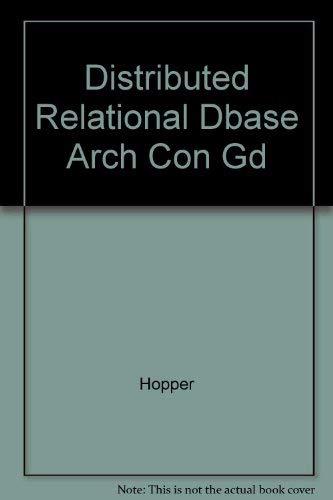

P40. Consider Figure 3.58 . Assuming TCP Reno is the protocol experiencing the behavior shown above, answer the following questions. In all cases, you should provide a short discussion justifying your answer. VideoNote Examining the behavior of TCP a. Identify the intervals of time when TCP slow start is operating. b. Identify the intervals of time when TCP congestion avoidance is operating. c. After the 16th transmission round, is segment loss detected by a triple duplicate ACK or by a timeout? d. After the 22nd transmission round, is segment loss detected by a triple duplicate ACK or by a timeout? Congestion window size (segments) UTTTTTTTT 0 2 4 6 8 10 12 14 16 18 20 22 24 26 Transmission round Figure 3.58 TCP window size as a function of time e. What is the initial value of ssthresh at the first transmission round? f. What is the value of ssthresh at the 18th transmission round? g. What is the value of ssthresh at the 24th transmission round? h. During what transmission round is the 70th segment sent? . Assuming a packet loss is detected after the 26th round by the receipt of a triple duplicate ACK, what will be the values of the congestion window size and of ssthresh? j. Suppose TCP Tahoe is used (instead of TCP Reno), and assume that triple duplicate ACKs are received at the 16th round. What are the ssthresh and the congestion window size at the 19th round? k. Again suppose TCP Tahoe is used, and there is a timeout event at 22nd round. How many packets have been sent out from 17th round till 22nd round, inclusive? P40. Consider Figure 3.58 . Assuming TCP Reno is the protocol experiencing the behavior shown above, answer the following questions. In all cases, you should provide a short discussion justifying your answer. VideoNote Examining the behavior of TCP a. Identify the intervals of time when TCP slow start is operating. b. Identify the intervals of time when TCP congestion avoidance is operating. c. After the 16th transmission round, is segment loss detected by a triple duplicate ACK or by a timeout? d. After the 22nd transmission round, is segment loss detected by a triple duplicate ACK or by a timeout? Congestion window size (segments) UTTTTTTTT 0 2 4 6 8 10 12 14 16 18 20 22 24 26 Transmission round Figure 3.58 TCP window size as a function of time e. What is the initial value of ssthresh at the first transmission round? f. What is the value of ssthresh at the 18th transmission round? g. What is the value of ssthresh at the 24th transmission round? h. During what transmission round is the 70th segment sent? . Assuming a packet loss is detected after the 26th round by the receipt of a triple duplicate ACK, what will be the values of the congestion window size and of ssthresh? j. Suppose TCP Tahoe is used (instead of TCP Reno), and assume that triple duplicate ACKs are received at the 16th round. What are the ssthresh and the congestion window size at the 19th round? k. Again suppose TCP Tahoe is used, and there is a timeout event at 22nd round. How many packets have been sent out from 17th round till 22nd round, inclusive








